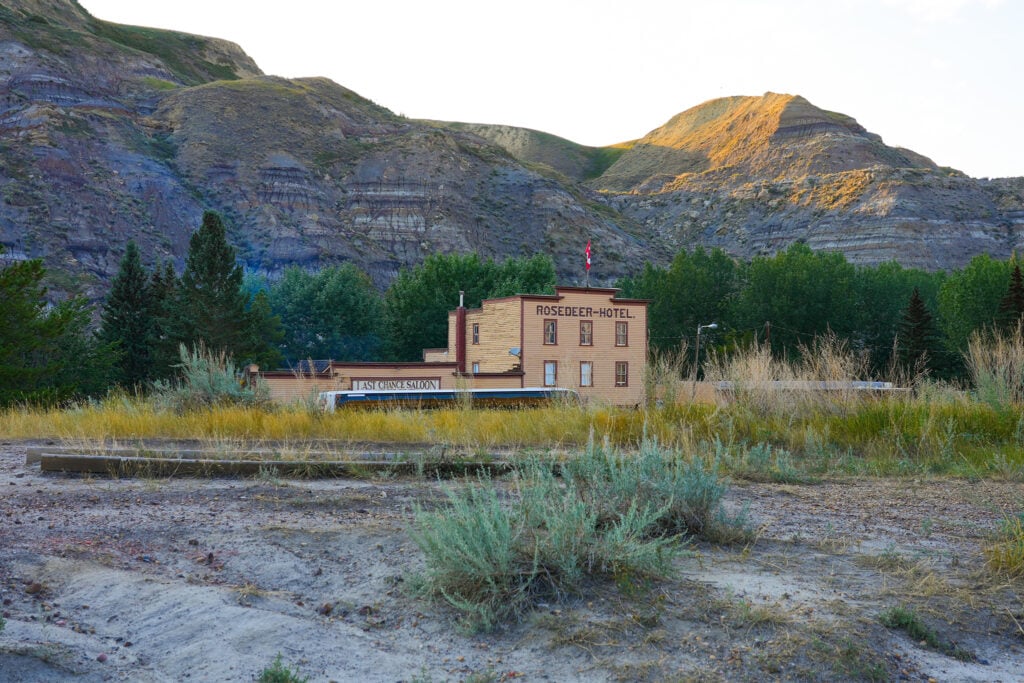Maximalism and gastronomic creativity rule the day at Alinea, arguably one of the most famous (and most relentlessly blogged about) restaurants in the United States. Chef Grant Achatz, along with then-partner Nick Kokonas, opened the restaurant in May of 2005 in Chicago’s Lincoln Park, and immediately intrigued an American food public weary of the routine fine dining choices. Since its opening night, meals at Alinea promised more than two dozen courses that featured wisps of smoke, bites hanging from tightropes, and all manner of flavors (milkweed pods! Dandelion roots and tobacco and lavender!) deconstructed, gelled, foamed, frozen, candied, microplaned, and all painstakingly grafted back together in wholly unexpected ways.
Achatz was immediately vaulted into the echelon of the country’s most influential chefs; later dishes like the apple taffy floating balloon and painted-table dessert became iconic. In addition to accolades — a 2007 James Beard Award for Achatz for Best Chef: Great Lakes, a 2016 James Beard Award for Outstanding Restaurant, numerous appearances on the World’s 50 Best List, three Michelin stars — its mark is also felt in countless imitators who embraced the scientific, slightly gonzo approach to dining as an experience. The Alinea Group would expand to seven other concepts — including Next, which rotates its culinary focus every few months, and cocktail bar the Aviary. And many folks who spent time in the Alinea Group have gone on to make their own independent mark on the culinary world: Curtis Duffy, Dave Beran, John Shields, Alex Stupak, Jenner Tomaska, Jeff Pikus.
In 2014, Ruth Reichl wrote: “What makes Alinea such a fabulous experience is the sheer exuberant fun of the place. This is food as performance, food as surprise, food as you’ve never seen it before.” The restaurant still holds three Michelin stars. Today, Achatz reflects on 20 years at Alinea and considers what lies ahead.
I had worked at the French Laundry and El Bulli, and felt there was a gap in fine dining, because prior to 2005, it was mostly [defined as] French cuisine: There were a few French culinarians in the U.S., like Daniel Boulud, but primarily it was showing up in Western Europe. In 2005, we’re right at the peak of El Bulli, the Fat Duck — molecular kind of gastronomy. So we felt like it was an opportunity. With us and wd~50, it just migrated over the pond.
In Chicago, the whole gastronomy scene was on a reset. Here, you had Schwa, which was basically a garage band doing highly, highly creative, well-executed food. You had a lot of older French restaurants, like Everest. You had Rick Bayless’s places that had been around for a long time and were niche and Mexican-focused, and then you had Paul Kahan with Blackbird.
It was ripe. Chicago was ready. Chicago was a town that embraces innovation and artistry with its history of architecture, music, and medicine. Our opening was really anticipated at that time, because I was blogging prior to the opening on eGullet, back when those forums were popular. That was the moment of the internet foodies. And so the anticipation was really high.
We had a lot of attention right off the bat: We had Frank Bruni, then the restaurant critic at the New York Times, in the restaurant on opening night. Having a critic out of New York City at the time was unheard of, certainly on opening night.


We were fortunate enough to be pretty popular off the bat. We just got super busy, and honestly, it never stopped. And then, in 2007, I got diagnosed with stage 4 tongue cancer. A lot of the guests weren’t sure if they should even still visit. It was quiet for a bit while I was going to treatment.
On the back end of 2008, we started to pick up some momentum. In 2010, World’s 50 Best Restaurants named us the Best Restaurant in North America. And then in 2011, they did the same. That really put us on the public diner’s map. In 2016, after we were 10 years old, we renovated. With the downstairs dining room came this experimental menu. So that really catapulted our creativity further, and we just never stopped. I don’t think we ever will.
Thinking back on 20 years, there’s an element of maturity that’s hard to articulate. Restaurants like Le Bernadin and the French Laundry — restaurants that have been around for 20 years or more — they have a certain intangible maturity. I believe that the employees and their guests can feel that.
Looking back, I appreciate our resilience. The pandemic was disastrous for everyone, and I’m very proud of the fact that we made it through that, that we kept everybody employed.
Everything has changed. Wages have changed; rents have changed. There’s a lot more reform needed. Here at the restaurant, it’s changed tremendously. Back in 2005, there was a cliche of repression, toxicity, 17-hour days; nobody cared, nobody got paid. And now that has dramatically changed.
Interview has been edited and condensed for clarity.















